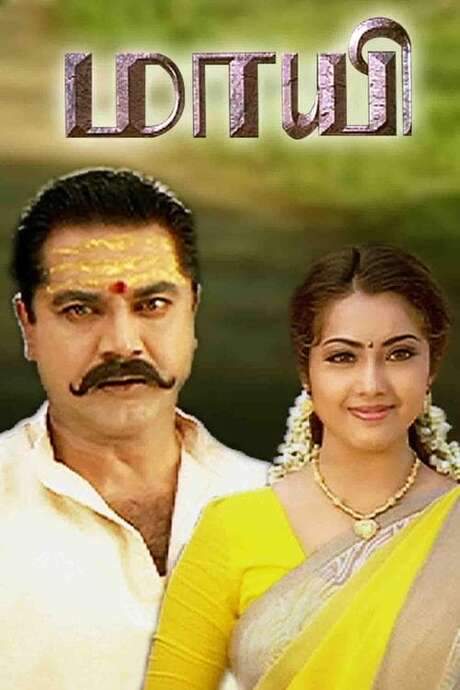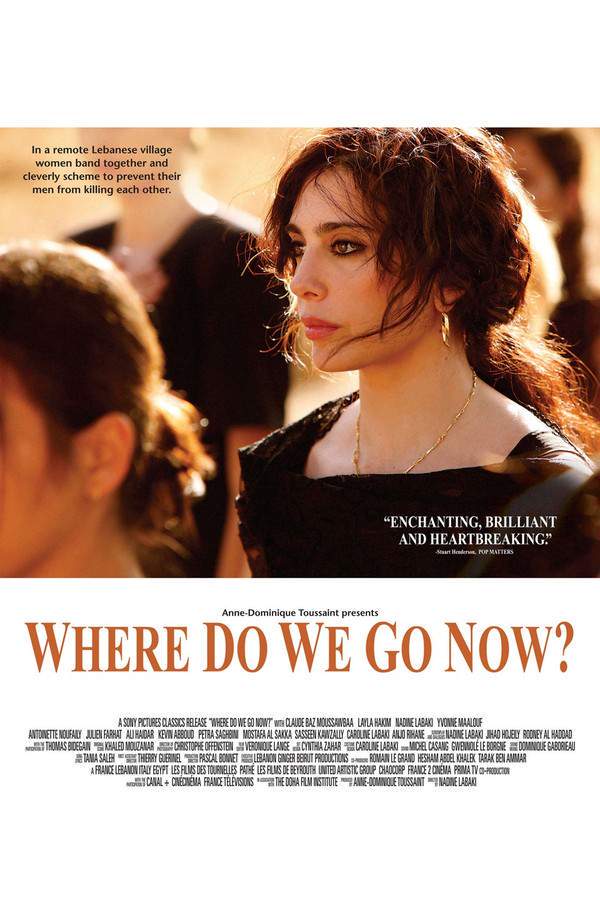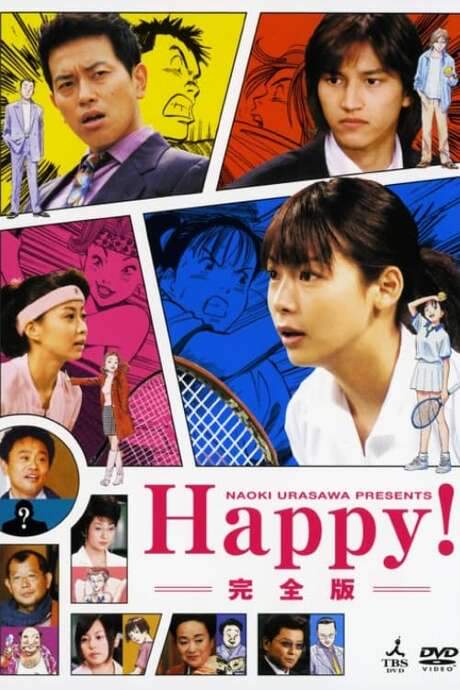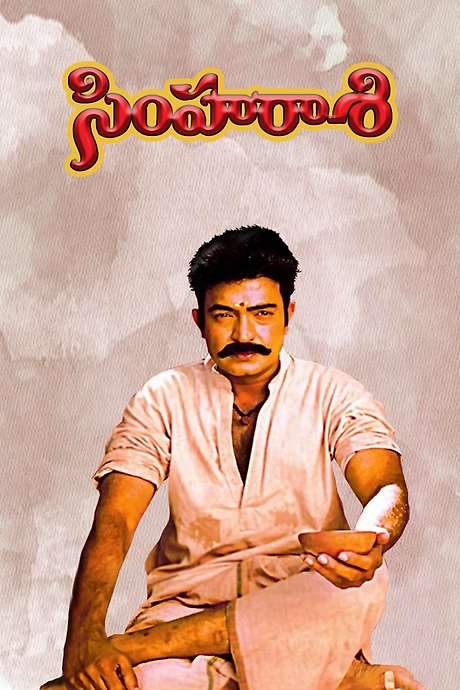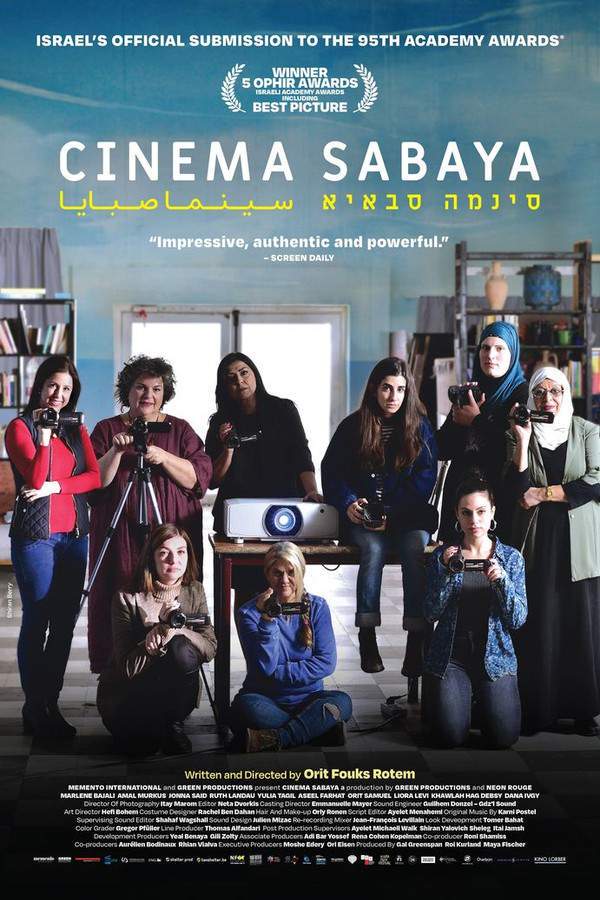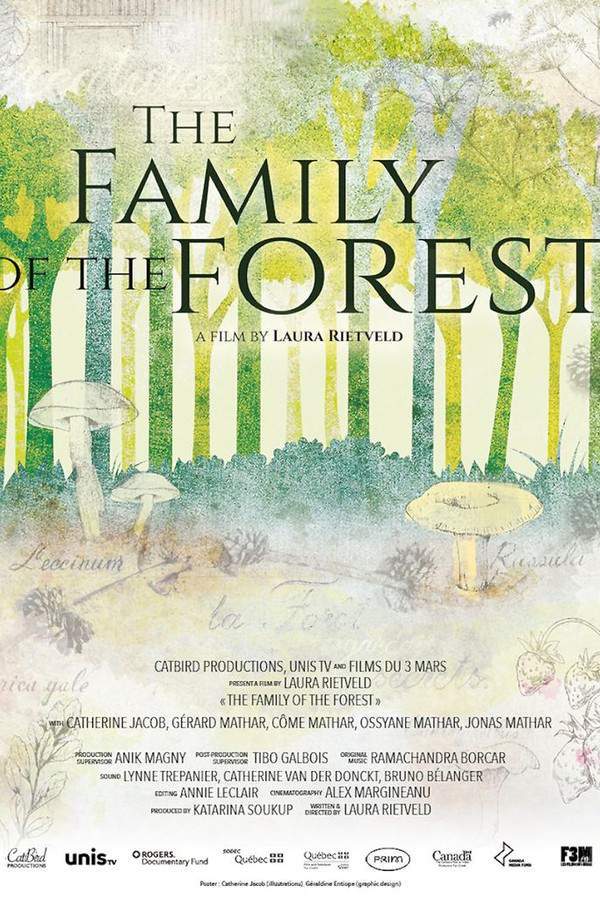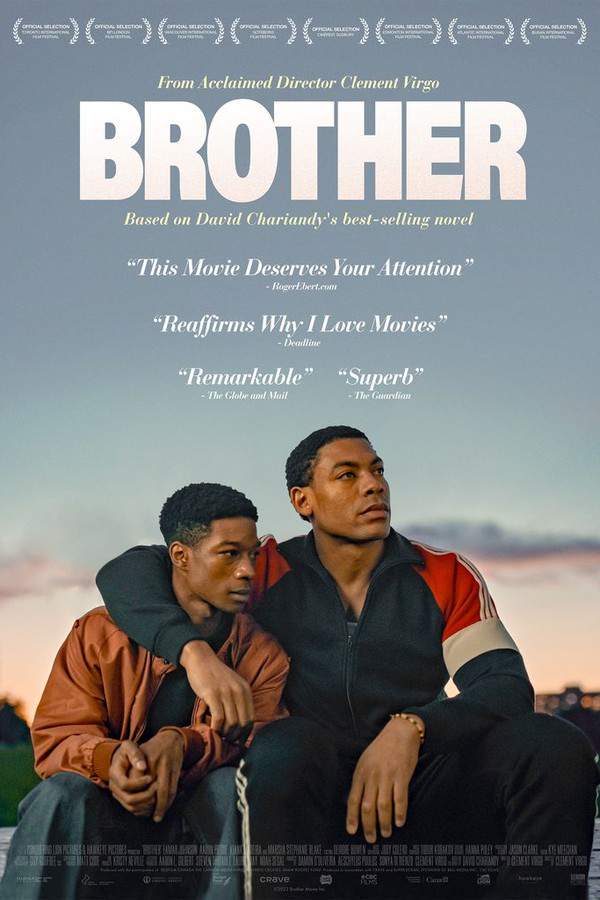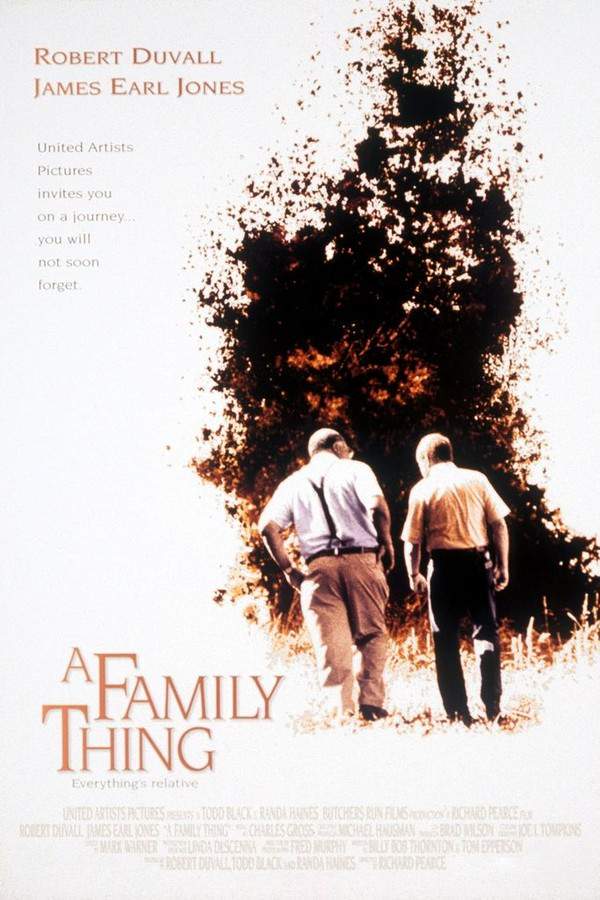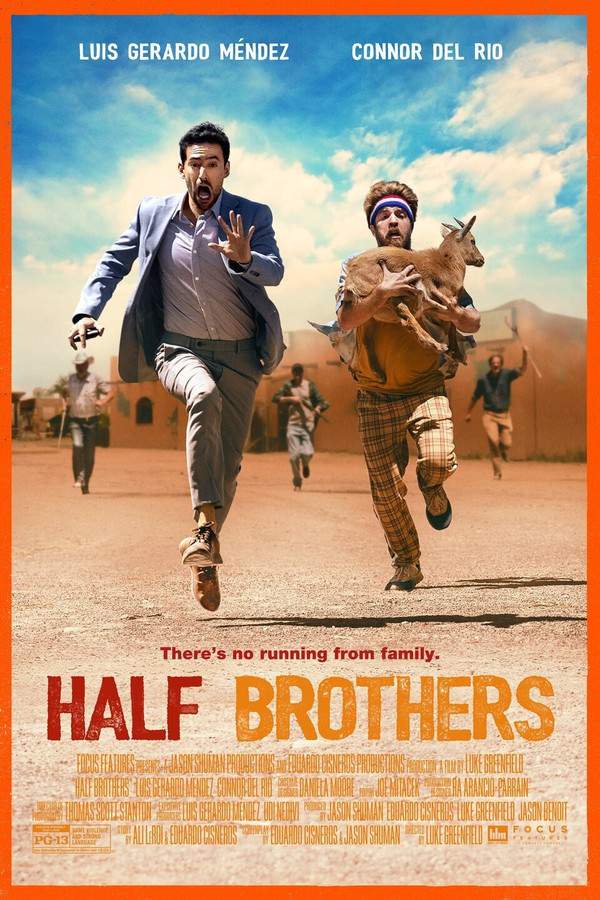
Lal Salaam
A cricket match between two brothers unexpectedly triggers a rift within a village, escalating tensions fueled by a manipulative politician. The ensuing conflict threatens the fragile Hindu and Muslim unity of the community. To restore peace and revitalize the village, the brothers and their father must overcome their personal differences and work together.
Warning: spoilers below!
Haven’t seen Lal Salaam yet? This summary contains major spoilers. Bookmark the page, watch the movie, and come back for the full breakdown. If you're ready, scroll on and relive the story!
Lal Salaam (2024) – Full Plot Summary & Ending Explained
Read the complete plot breakdown of Lal Salaam (2024), including all key story events, major twists, and the ending explained in detail. Discover what really happened—and what it all means.
Thirunavukarasu “Thiru” Vishnu Vishal is arrested by the police and then tells his story from a jail cell, setting up a village tale where pride, friendship, and rising tensions ripple through Murabad. He is introduced as a carefree, jobless man who makes the best of simple pleasures in a place where Hindus and Muslims have lived side by side for years, a harmony that feels sturdy but is never fully guaranteed.
Thiru’s heart soon leans toward Dhanalakshmi, and his personal world brightens with that affable, optimistic energy. Yet trouble looms when a politician’s son, Maharajan (Raji), clashes with Thiru’s mother, prompting Thiru to lash out in anger and protect his family, beating Maharajan and his men in a moment of fiery defense. This flare of violence marks the early strains between two communities and sets a dangerous pattern in motion.
Cricket becomes the village’s loudest stage for old grievances to surface. A high-stakes match pits the Muslim-dominated 3 Stars against the Hindu MCC, a contest framed as much by identity as by sport. The municipal scheming behind the game is clear: Maharajan intends to use the event to inflame the crowd and tilt the town toward conflict. To strengthen their squad, the 3 Stars aspire to bring Shamsuddin from Bombay, a skilled cricket player whose presence promises to tilt the balance in their favor.
In Bombay, the world widens in ways Murabad cannot contain. D. G. Mohideen Bhai, known as Moideen Bhai Rajinikanth, finds himself drawn into Sharper, more perilous fights after Samsuddin is attacked following a syndicate meeting. Thiru reveals a past tether: his father, Manickam, was friends with Mohideen Bhai, and Samsu is a remarkable talent on the cricket field. The memory of those bonds complicates the present conflict, especially as Moideen Bhai’s friendship with Manickam deepens the sense that loyalties can outlast even violent eruptions.
Enmity between Thiru and Samsu runs deep, rooted in a clash from their youth, including a time when Moideen Bhai forced Thiru into a school he bitterly disliked. Samsu is chosen to play for the Ranji Trophy, but his team falls to Thiru’s lineup in a tense duel. The rivalry intensifies during another match where Mani, Thiru’s friend, provokes a riotous fight that spills from the field into the crowd. In the heat of the melee, Thiru injures Shamsuddin’s right hand, a moment thatembeds itself as a catalyst for renewed communal strife in Murabad.
The fallout expands as Moideen Bhai learns that Samsu’s hand might need amputation to save him, a revelation that pushes him to tears and tests his commitment to justice and brotherhood. Thiru’s mother, Rani Jeevitha, pleads for restraint, but Moideen Bhai’s influence and the town’s simmering anger push him toward a harsher path. A peace meeting yields a difficult choice: Moideen Bhai decides to leave matters to the legal system, and Samikkannu, the village priest Senthil, pleads for a more conciliatory route, but the answer remains stubbornly elusive. Thiru is arrested, the arc looping back to the opening frame in which his story begins.
Samsu tries to find a way out of despair, and Moideen Bhai’s anger turns toward a hard, tactical response. Thiru is released on bail and resolves to reform, stepping away from violent impulses. Outside the courthouse, he’s ambushed, and the mounting tension points to Moideen Bhai as the puppeteer behind the assault. In a stark flashback, the film reveals that Moideen Bhai stood by his sister Rani’s side at Manickam’s funeral, a memory that complicates the audience’s sense of who deserves mercy and who does not. Thiru pledges to change, and Dhanalakshmi’s declaration of love becomes a counterweight to the earlier threats, even as Raji attacks Thiru and he responds by breaking Raji’s hand.
The village’s festival arrives with a clash of power and prejudice. Raji, emboldened by his authority, insults low-caste villagers and confiscates the cherished chariot that is meant to carry the Thiruvizha procession. The elder Samikannu dies soon after, his passing underscoring the toll exacted by the ongoing chaos. Yet the town’s bond begins to show a stubborn resilience: with guidance from friends and a mentor, Thiru and his allies rally to sustain cricket matches for neighboring villages and to fund the chariot project, proving that sport can still be a force for unity.
Their fundraising trip to Bombay becomes a test of faith and endurance. They gather donations, the chariot’s frame takes form, and the village’s hope swells. Moideen Bhai tries to calm his son’s restless anger, while Samsu vows to do something meaningful in response to the violence. The truth about Moideen Bhai’s strategy emerges—he orchestrated the attacks as a calculated move to spur Samsu into action—yet his family’s fear for the unborn child Ammani [Dhanya Balakrishna] carries her own weight in the narrative. The sting of betrayal runs through the crowd when Raj [Vivek Prasanna] destroys the additional funding, a retaliatory act that exposes his deeper involvement in the violence.
Ammani’s pregnant warning matters: she urges Raj to surrender to the police or risk losing their unborn child, a moment that seals the stakes for everyone involved. In the final turn, the communities come together to support a shared celebration—the Thiruvizha—rekindling harmony between Murabad’s Hindu and Muslim families. The fragile peace returns not through triumph of force, but through a renewed sense of common purpose, and the village learns to coexist once again, guided by a renewed mutual respect and a recognition that anger must yield to mercy.
In the end, the story remains Thiru’s—a tale of a man who starts by lashing out and ends by choosing restraint, reflection, and reconciliation, with old friendships tempered into a wiser kind of loyalty.
Last Updated: October 09, 2025 at 14:15
Explore Movie Threads
Discover curated groups of movies connected by mood, themes, and story style. Browse collections built around emotion, atmosphere, and narrative focus to easily find films that match what you feel like watching right now.
Movies like Lal Salaam about mending community divides
Stories where deep-seated social and political conflicts are overcome to restore harmony.If you liked the realistic portrayal of social unrest and the hopeful journey towards reconciliation in Lal Salaam, you'll find similar stories here. These movies explore serious societal fractures but ultimately lean into themes of unity and healing, offering a tense yet uplifting viewing experience.
Narrative Summary
Stories typically begin with a fragile community equilibrium shattered by a triggering event—a sports match, an election, a crime—which exposes underlying prejudices or political schemes. The central conflict escalates, often turning violent or deeply personal, before key characters, sometimes from opposing sides, must undertake a difficult journey of introspection and collaboration to mend the divide and lead their community toward a brighter future.
Why These Movies?
They are grouped together because they blend the harsh realism of social crisis with an optimistic, character-driven belief in redemption and communal healing. The shared experience is one of navigating through significant tension and emotional weight to arrive at a cathartic, hopeful conclusion.
Movies where a family feud threatens a community like in Lal Salaam
Personal sibling or family conflicts that escalate to threaten an entire community's peace.Lal Salaam centers on brothers whose rivalry ignites a village crisis. This thread collects similar films where a family's internal conflict has massive external consequences, exploring the tension between personal grudges and communal responsibility in dramatic, emotionally engaging stories.
Narrative Summary
The narrative pattern revolves around a central family, frequently with a fraught history, whose members are at odds. A specific event, such as a competition or inheritance dispute, magnifies their disagreement, which is then exploited by external forces (like a politician). This causes the family's private conflict to spill over, endangering the community's social fabric and forcing a reckoning where personal redemption is directly tied to communal salvation.
Why These Movies?
These films are linked by their unique structure of mirroring a micro-level family drama with a macro-level societal crisis. The emotional core lies in the dual pressure on the protagonists to heal their personal bonds in order to solve a public problem, creating a powerful narrative of responsibility and forgiveness.
Unlock the Full Story of Lal Salaam
Don't stop at just watching — explore Lal Salaam in full detail. From the complete plot summary and scene-by-scene timeline to character breakdowns, thematic analysis, and a deep dive into the ending — every page helps you truly understand what Lal Salaam is all about. Plus, discover what's next after the movie.
Lal Salaam Timeline
Track the full timeline of Lal Salaam with every major event arranged chronologically. Perfect for decoding non-linear storytelling, flashbacks, or parallel narratives with a clear scene-by-scene breakdown.

Characters, Settings & Themes in Lal Salaam
Discover the characters, locations, and core themes that shape Lal Salaam. Get insights into symbolic elements, setting significance, and deeper narrative meaning — ideal for thematic analysis and movie breakdowns.

Lal Salaam Spoiler-Free Summary
Get a quick, spoiler-free overview of Lal Salaam that covers the main plot points and key details without revealing any major twists or spoilers. Perfect for those who want to know what to expect before diving in.

More About Lal Salaam
Visit What's After the Movie to explore more about Lal Salaam: box office results, cast and crew info, production details, post-credit scenes, and external links — all in one place for movie fans and researchers.






